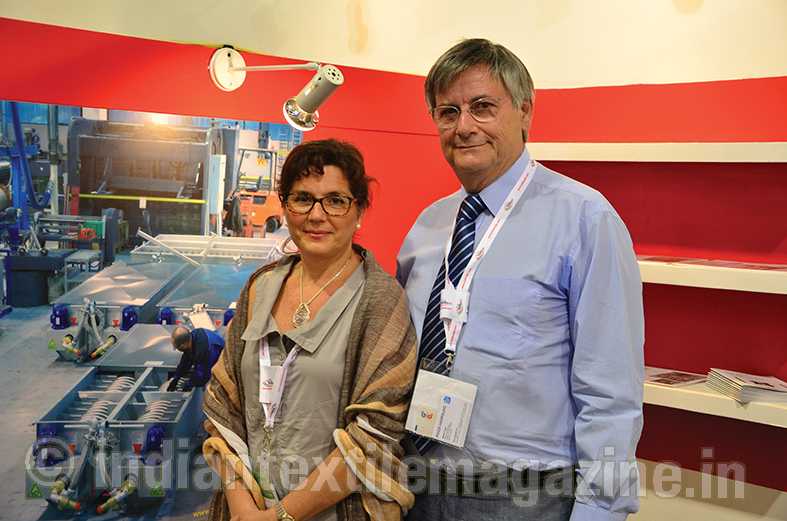System for heat recovery from dirty effluents
The innovative ever-green design of RCR, a rotating heat recovery system from waste water, brings very definite advantages when this exchanger is used with polluted effluents. Its rotation creates turbulence in both the primary and secondary flow which increases heat transfer. Rotation also prevents build-up of deposits from the dirty effluent. Turbulence due to the rotation creates a centrifugal separation effect which keeps the contaminants away from the exchanger surfaces. Thus, maintenance for cleaning is practically non-existent.
The ‘cost’ of the recovered heat is an important factor to be taken into account while choosing a heat recovery system. Efficiency and capital expenditure are only two of the many parameters to be taken into account when looking for an exchanger. Fitting as well as maintenance costs play an important role too.
In a traditional plate-and-frame exchanger installation, the need to counteract fouling determines the need to add supporting equipment like buffer tanks, pumping stations, filtering units and service valves. On the other hand, an RCR can be directly fitted on the process with minimal expenditure since it does not need any extra equipment.
Any amount of energy that can be recycled is welcome, but just how much heat can be saved by careful design of a heat recovery installation and how much will it cost? Recovered energy has to be treated as any other commodity, and as such, it is counter-balanced by its production costs.
The ‘cost’ of recovered heat due to frequent cleaning and maintenance is therefore just as important a factor to consider as the nominal efficiency of the plant.
Plate exchangers suffer from the ‘fouling effect’ which means that over time their efficiency is bound to become lower and lower. RCR is a self-cleaning unit and its efficiency remains constant in time.
Simplicity and lack of maintenance are the reasons why the RCR rotating exchangers have become so widespread: in 30 years Pozzi has successfully installed over 5,000 RCR plants worldwide.
RCR was patented and certified by various independent energy organizations in Italy (ENEA), France (Centre Textile de Mulhouse) and England (British Standard Best Practices) for its exceptional energy-saving performance and for its working reliability. Presently, RCR, the pioneer sustainable technology in the textile industry with a second patent certifying its even more efficient and fouling-free design is being endorsed at the European level, and according to international standards with the Environmental Technology Verification, an initiative under the Eco-Innovation Action Plan of the European Commission, Department of Climate Change and Environment.
Living in a more and more sustainability-conscious society, and yet in an aggressive and competitive world market, ETV helps customers understand RCR’s significant contribution by proving its reliability in achieving specific results, such as lowering the thermal pollution of discharged water, recovering heat and reducing the overall CO2 emissions, doing so in the harshest of environments with a guaranteed highly profitable energy-efficient investment.
